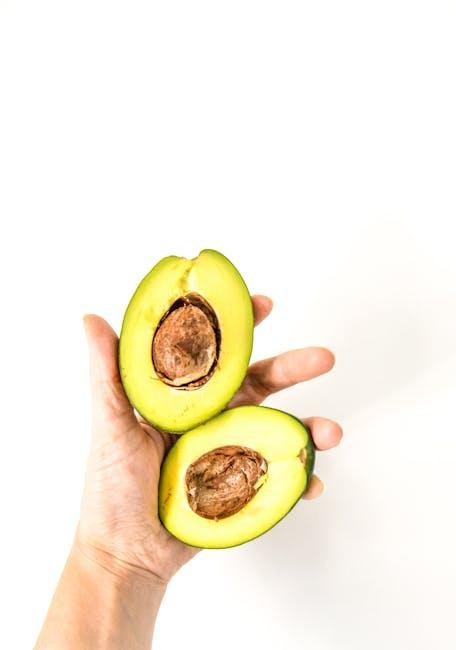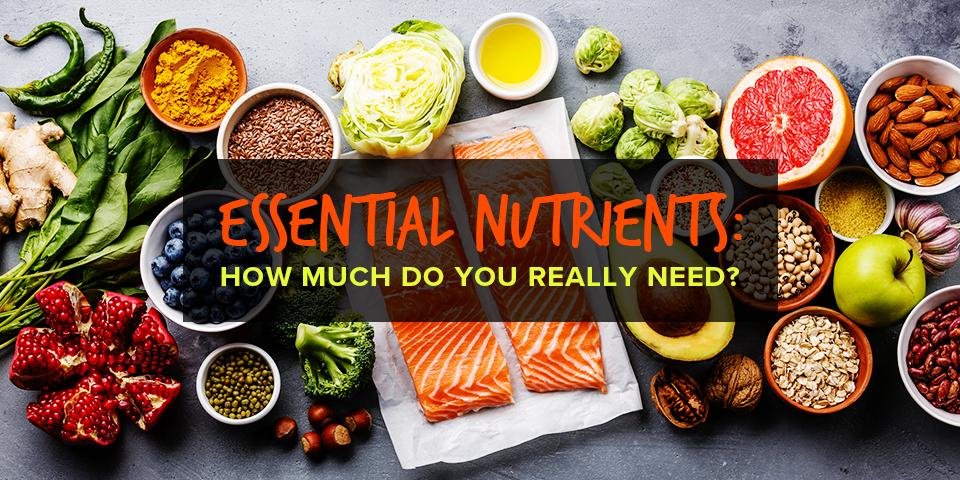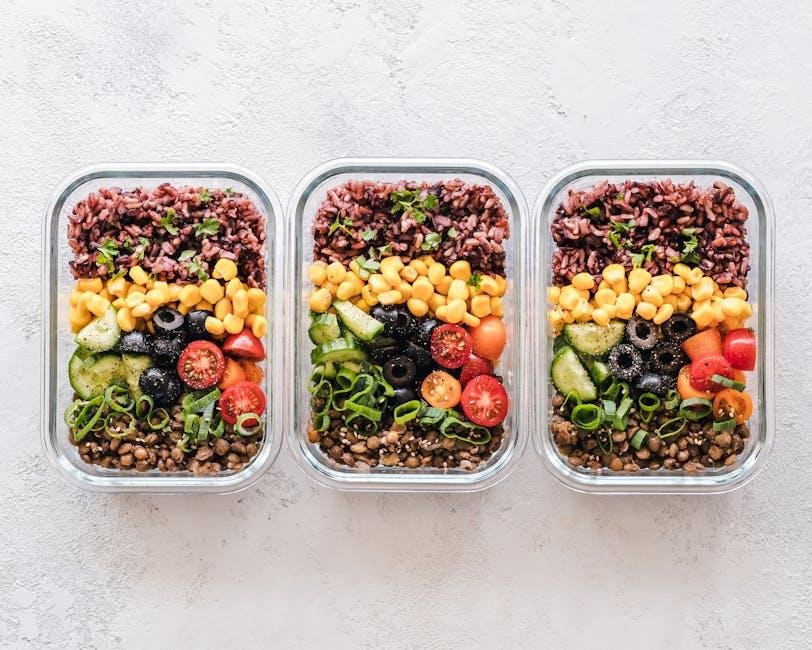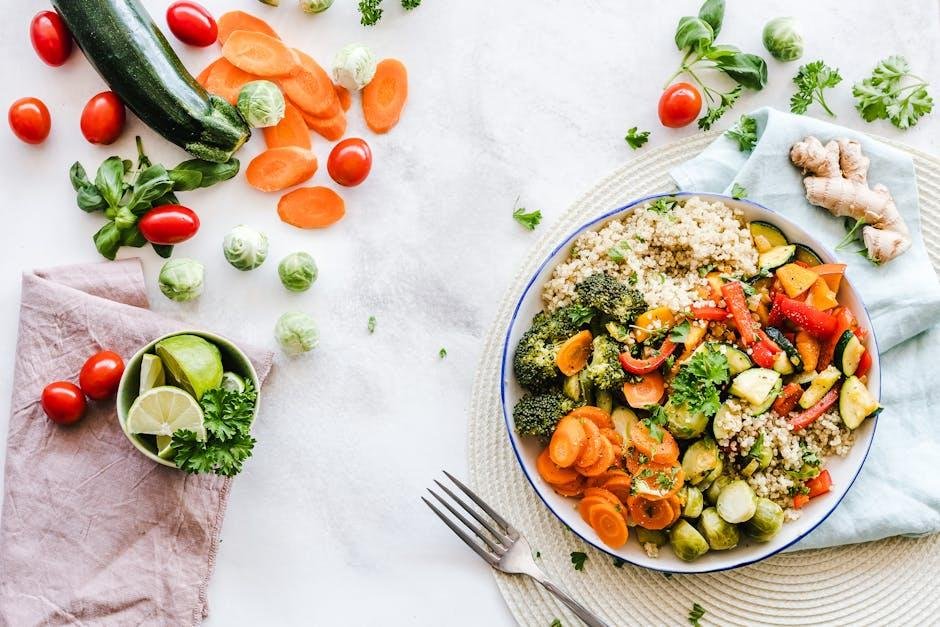As the popularity of the ketogenic diet continues to rise, many individuals are eager to embark on this low-carb journey toward weight loss and improved health. Though, a common hurdle that newcomers face is the notorious “keto flu,” a collection of symptoms that can accompany the body’s transition from burning carbohydrates to fats for fuel. While some may see thes discomforts as an inevitable rite of passage, they can often be mitigated—or even avoided—through mindful nutrition and planning. In this article,we delve into the essential strategies for sidestepping keto flu,equipping you with the knowledge needed to make a seamless and enjoyable transition to a ketogenic lifestyle. From understanding the importance of electrolytes to crafting balanced meal plans, we’ll explore how to nourish your body properly and embrace the many benefits of keto without the unwanted side effects.
Understanding Keto Flu and Its Causes
The transition to a ketogenic diet can sometimes lead to a temporary yet uncomfortable phase frequently enough referred to as “keto flu.” This experience typically arises as the body adjusts from burning carbohydrates to utilizing fats for energy. During this period,individuals may encounter a variety of symptoms,wich can include:
- Fatigue
- Headaches
- Nausea
- Irritability
- Muscle cramps
Understanding the root causes of these symptoms involves recognizing several physiological changes. Primarily,when carbohydrate intake is significantly reduced,the body undergoes a metabolic shift. additionally, electrolyte imbalances can occur, as insulin levels drop and the kidneys excrete more sodium and water.To mitigate these effects, it’s vital to maintain proper hydration and electrolyte levels. A focus on nutrient-dense foods can also assist in creating a smoother transition:
| Electrolyte | Food Sources |
|---|---|
| Sodium | Bone broth, salted nuts |
| Potassium | Avocados, leafy greens |
| Magnesium | Seeds, dark chocolate |

Essential Nutrients to support a smooth Transition
Transitioning to a ketogenic diet can be challenging, but incorporating essential nutrients can help you navigate this shift with ease. The key is to focus on a variety of whole foods that deliver the necessary vitamins and minerals to maintain your energy levels and support overall well-being. Here are some crucial nutrients to include:
- Electrolytes: Sodium, potassium, and magnesium are vital to preventing imbalances that contribute to keto flu symptoms. Consider including foods like spinach, avocados, and salted bone broth.
- Omega-3 Fatty Acids: Found in fatty fish and flaxseeds, these fats help combat inflammation and support brain health, essential during your adaptation phase.
- Fiber: As carbohydrate intake decreases, it’s crucial to include fiber-rich vegetables like broccoli and cauliflower to support digestive health.
- Vitamins B and C: These vitamins play a crucial role in energy metabolism and immune support. Incorporate leafy greens and peppers into your meals.
Another effective way to ensure adequate nutrient intake is through supplementation. Consider including products rich in MCT oil or Keto greens powder, which can boost ketone levels and support your energy needs without consuming excess carbs.additionally, focus on meal planning, ensuring that every meal contains a balance of healthy fats, proteins, and low-carb vegetables. Below is a simple table outlining some top food sources for each of these essential nutrients:
| Essential Nutrient | Food Sources |
|---|---|
| Electrolytes | Spinach, Avocados, Bone Broth |
| Omega-3 Fatty acids | Salmon, Chia Seeds, Walnuts |
| Fiber | Broccoli, Cauliflower, Asparagus |
| Vitamins B and C | Kale, Bell Peppers, Brussels Sprouts |

Hydration Strategies for Keto Success
Staying adequately hydrated is crucial for anyone embarking on a ketogenic diet, especially to stave off the dreaded “keto flu.” During ketosis, your body frequently enough depletes sodium and electrolytes more rapidly, which can lead to feelings of fatigue and irritability. To combat these symptoms, consider integrating the following strategies into your daily routine:
- Electrolyte Drinks: Choose sugar-free electrolyte powders or make your own with water, salt, and lemon juice to replenish vital minerals.
- Bone Broth: A rich source of electrolytes, sipping warm bone broth throughout the day can help maintain your sodium and potassium levels.
- Water-Rich Foods: Incorporate leafy greens and other low-carb vegetables into your meals; they not only provide hydration but also essential nutrients.
To ensure you’re meeting your hydration needs,tracking your fluid intake is beneficial. Consider using a simple table to monitor your daily water consumption and electrolytes:
| Time | Water Intake (oz) | Electrolyte intake (mg) |
|---|---|---|
| Morning | 16 | 500 |
| Afternoon | 16 | 500 |
| Evening | 16 | 500 |
| Before Bed | 8 | — |
Being mindful of your hydration can significantly influence your keto experience. By prioritizing these strategies, you’re setting yourself up for a smoother transition into ketosis and a decrease in potential complications associated with electrolyte imbalance.

Meal Planning Tips to Alleviate Symptoms
To keep your energy levels stable while transitioning into ketosis, planning your meals meticulously is essential.Start by incorporating a variety of low-carb vegetables such as spinach, broccoli, and zucchini into your dishes. These not only offer vital nutrients but also help mitigate symptoms like fatigue and irritability. It’s also wise to include healthy fats from sources like avocados, olive oil, and nuts, as they support your body in adapting to fat as its primary energy source.
hydration plays a crucial role in your keto journey, so be sure to plan your fluid intake. Craft a daily hydration routine that includes electrolyte-rich beverages, such as bone broth or electrolyte powders. To help you stay on track,consider using a simple table layout for your weekly meal plan to visualize your choices. Below is a sample table to inspire your meal preparation:
| Day | Breakfast | Lunch | Dinner |
|---|---|---|---|
| Monday | Avocado Eggs | Spinach Salad with Olive Oil | Grilled Salmon with Asparagus |
| Tuesday | Chia Seed Pudding | Cauliflower Rice Bowl | Zucchini Noodles with Pesto |
| Wednesday | Greek Yogurt with Walnuts | Venison Lettuce Wraps | Stuffed Bell Peppers |
Additionally, don’t overlook the power of meal prepping. By allocating a couple of hours each week to chop, cook, and portion your meals, you’ll save time and reduce the temptation to grab unhealthy snacks. Utilize containers to sort your meals by macronutrient ratios so that you can easily grab a balanced meal whenever hunger strikes. This proactive approach will help you stay committed and ultimately relieve symptoms associated with transitioning into a ketogenic lifestyle.
To Conclude
navigating the early stages of a ketogenic lifestyle doesn’t have to feel like an uphill battle. by prioritizing proper nutrition, staying hydrated, and listening to your body’s needs, you can significantly lower your chances of experiencing keto flu. Embrace the wealth of nutrient-dense foods available, and don’t forget to incorporate electrolytes and healthy fats to support your transition. Remember, this journey is not just about shedding carbs; it’s about crafting a sustainable and enjoyable way of living that nurtures your body. As you embark on this exciting path, armed with knowledge and preparedness, you can transform potential challenges into stepping stones toward a healthier you. Here’s to thriving on your keto journey, feeling vibrant, and enjoying every flavorful bite along the way!




